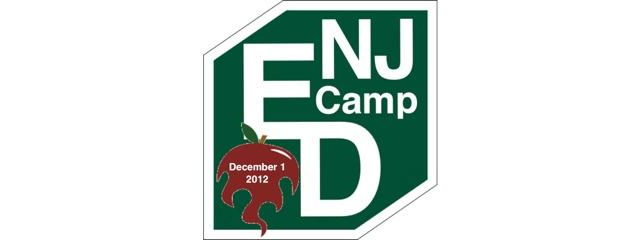- The role of 'boundary objects' in facilitating work across disciplinary boundaries.
- How a lack of clarity about mutual definitions can both support and hinder interdisciplinary collaboration.
- The importance of reclaiming 'the human' as a shared focus in interdisciplinary research.
- Coping with the challenge of an imperialistic naturalism i.e. forceful assertions of the failure of the social sciences and the necessity of remaking them along the lines of the natural sciences.
- The messy reality of working in interdisciplinary teams.
- What does conceptual development mean in collaborative work across disciplinary boundaries?
- The role of personal relationships in facilitating successful interdisciplinary work.
- Failures and frustrations of interdisciplinarity.
- Getting beyond the motif of the 'attic scholar' and socialising the research process.
- The role of doctoral pedagogy in hindering successful interdisciplinary collaboration.
- Organizational helps and hindrances to working across disciplinary boundaries.
Thus, I intend to address a few of the above topics over the next few posts from my perspective as a high school social studies teacher. Should be fun! And I hope interesting to you too.
